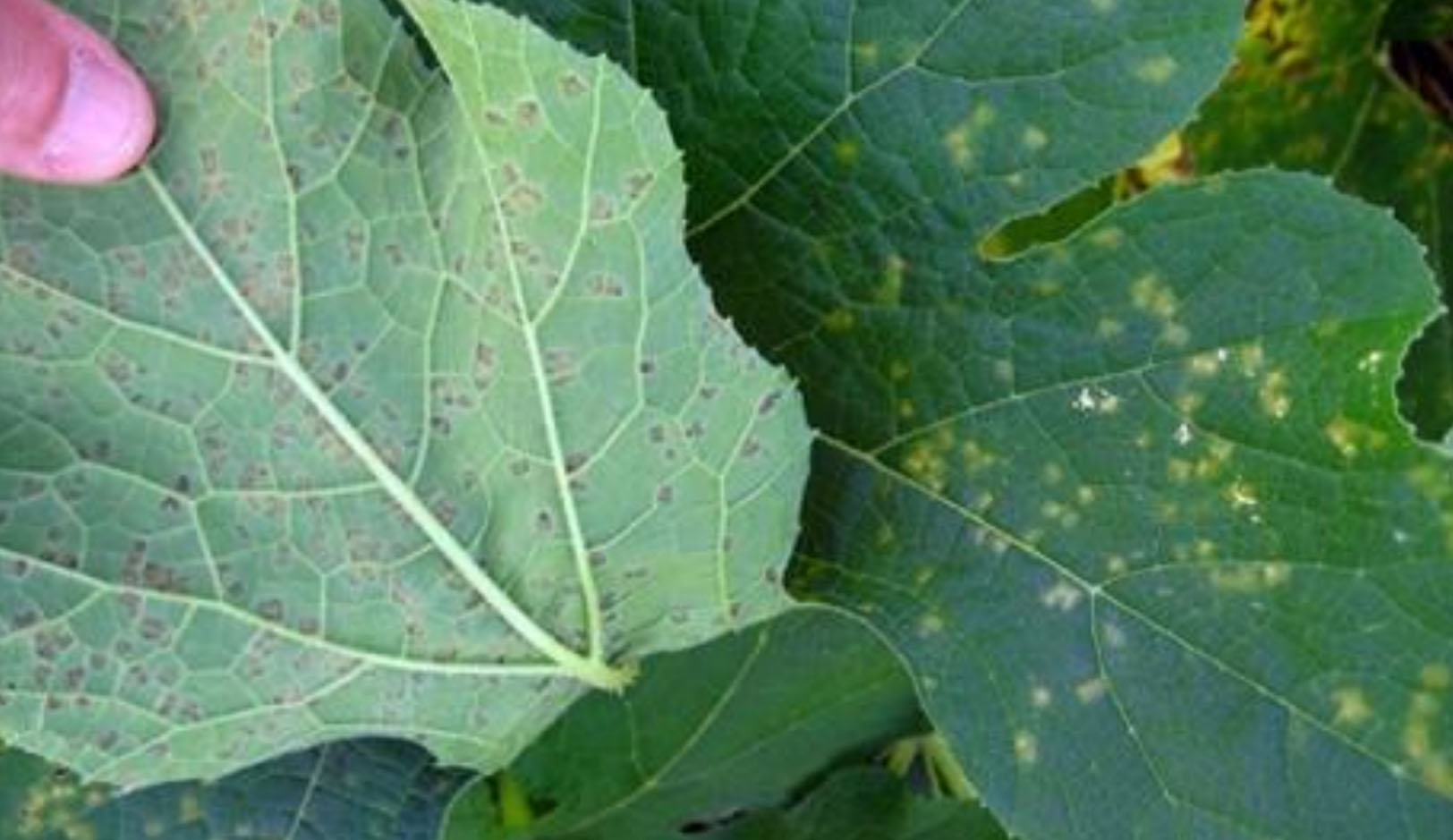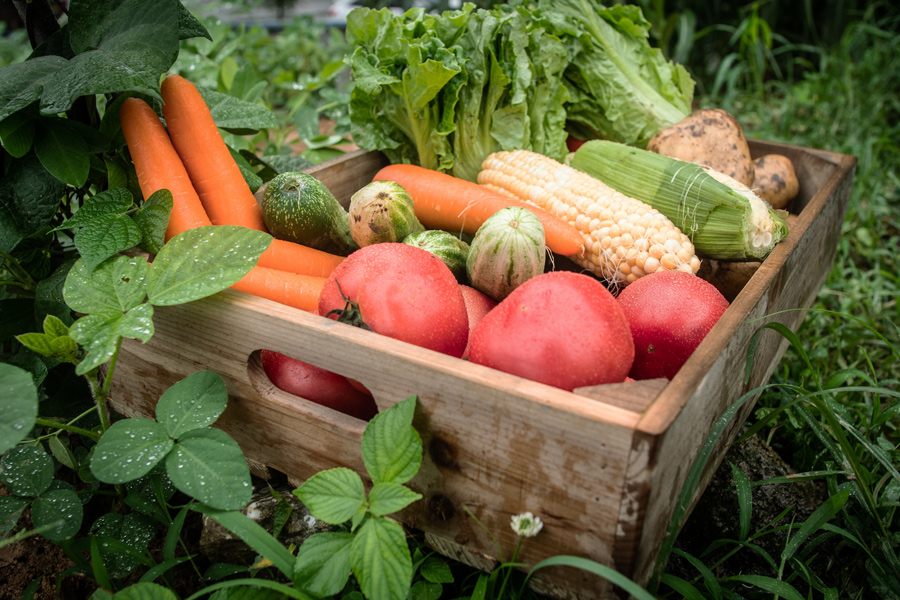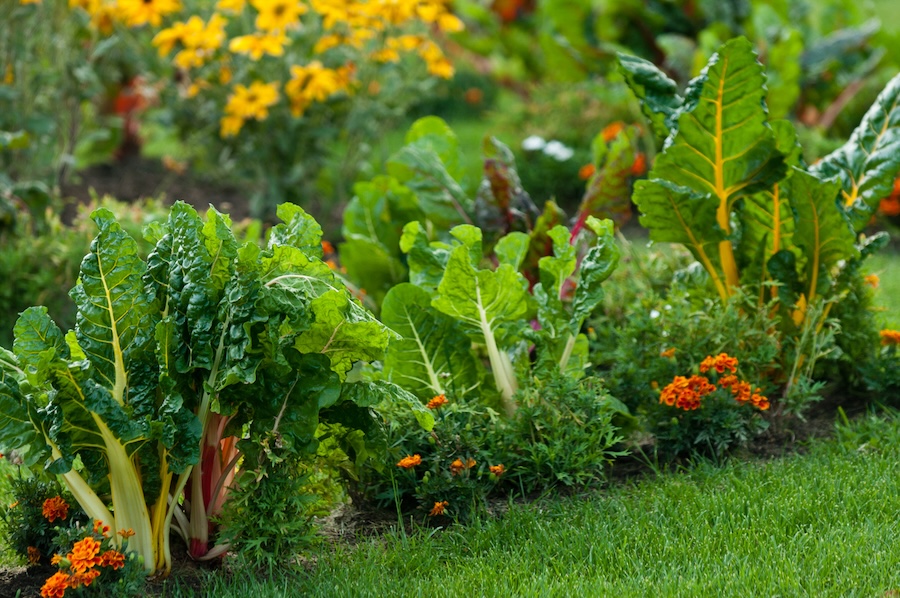Takeaways
- It’s essential to test your soil and monitor its pH and nutrients.
- Plan your planting and irrigation carefully for best results.
- Choose the right varieties and stay proactive about weeds and pests.
While there are literally hundreds of issues that can occur in the home garden, this publication will focus on some of the most common ones. When troubleshooting issues in the garden, this resource will be a good starting point and will help gardeners diagnose and strategize solutions.
Category: Nutrition
#1 Why is Soil Testing Important?
Soil testing will give you a snapshot of the nutritional levels in your home garden. It will also inform you of the pH of the soil, which is vital to the successful growth of your vegetables. The pH is the measurement of acidity or alkalinity of the soil. The soil test results will give you a precise recipe on what nutrients to apply, which can save you money in the long run. The soil report does not include the nitrogen level because it changes so rapidly. It does, however, give suggested rates of nitrogen for growing your crops.
#2 What is the Ideal pH of a Home Vegetable Garden?
Most home vegetables will perform best when the soil pH ranges from 6.2–6.8. Care should be taken when growing potatoes, as they prefer a pH on the lower side of this range. A high pH level is a common problem that causes scab disease to develop in potatoes. Georgia soils tend to have naturally low pH and may require application of lime (calcium carbonate) to increase pH levels. Recommended liming rates will be provided in your soil test results.
#3 How Can I Tell if My Plants Need More Nitrogen in My Garden?
All vegetable plants need nitrogen in order to grow, and nitrogen deficiencies manifest themselves as stunted plants, with lower leaves having a yellow appearance. Too little or too much water can also cause nitrogen deficiency because the roots are unable to absorb the element. Too much nitrogen is another common problem, causing plants to grow excessive foliage but with little to no fruit production.
#4 Is There a Way to Tell if My Plants Are Deficient in Phosphorus and Potassium?
Phosphorus deficiency is often detected by stunted plants and a purplish color in the foliage. It often occurs when there are cooler temperatures that limit the uptake of phosphorus. Potassium deficiency normally results in underdeveloped fruit and foliage that displays an brown perimeter around the leaves.
#5 Is Pelletized or Powdered Lime Better for Growth?
Dolomitic limestone is normally used for vegetable gardens because it contains both magnesium and calcium. Gardeners should avoid hydrated or builders’ lime because it could potentially burn the roots of the plant and only provide a short-term fix. Pelletized dolomitic lime is usually easier to apply than powdered lime and achieves the same result.
#6 How Often Should I Lime My Garden?
Liming should only occur when the pH of your soil is below 6.2. In Georgia soils, liming normally only needs to take place every couple of years. The recommended time to lime is usually during the fall in preparation for the spring garden, as it takes several months for lime to adjust the soil pH.
#7 What is the Most Common Nutritional Deficiency of Sweet Corn in the Garden?
Lack of nitrogen is usually the downfall of many home garden corn stands. Corn is a grass crop and is a heavy nitrogen feeder. Sweet corn typically requires fertilizer at planting, when it reaches a height of 12 in., and again when it is about 3 ft tall. The second and third applications should only be with a high-nitrogen fertilizer.
Additional information:
Category: Planting
#1 What is the Average Depth That You Should Plant Vegetables?
In most cases, the information on the seed packet is fairly accurate. The rule of thumb is to plant the seed twice as deep as the overall length of the seed. Tiny seeds, like those of lettuce and some herbs, should be planted on top of the soil and then lightly tapped in with hand or garden hoe. Transplanted (rooted) vegetables are normally planted level with the top of their root system. However, tomatoes can be planted much deeper—up to half the length of their stem—to encourage a stronger root system. When burying the tomato stem, lower leaves should be removed rather than buried. Tomatoes can root out of any portion of their stem.
#2 What are the Advantages and Disadvantages of Planting in Raised Beds?
One advantage of planting vegetables in raised beds is that they can be placed in areas that would not typically have conducive growing conditions, such as on steep slopes and in urban landscapes. Soil in raised beds typically warms up more quickly in the spring. It is easier to select the type of soil used in the beds, too. Raised beds are well drained so there is less risk of water-related diseases. They drain so well, actually, that water maintenance is crucial. Raised beds normally require more irrigation than gardens planted traditionally. One downside of raised beds is that the initial costs may be expensive.
#3 Is There a Certain Way to Plant Vegetable Rows for Maximum Success?
Vegetables thrive in full sunlight, and orienting your rows from east to west will maximize the amount of sunlight your plants will receive. Try to keep rows as straight as possible—this will make it easier to traverse and maintain.
#4 What are the Most Important Tools for the Home Gardener?
In larger gardens, it is hard to beat a motor-powered rear-tined tiller. For smaller gardens, hand tools, including a garden rake and a hoe, are necessities. A push planter is also a great addition to the home gardener’s equipment for planting long runs of corn, okra, or other types of seeds. A sprayer, such as a handheld pump or backpack sprayer, may also be useful when applying pesticides.
Additional information:
Category: Weeds
#1 What are Some Common Cultural Practices to Control Weeds in the Garden?
There are several different nonchemical approaches to controlling weeds in your garden. Hand pulling or using a tool, such as a hoe, are safe practices near your plants that can be utilized when weeds are young. Additionally, adding some type of organic mulch, such as pine bark, pine straw, or wood chips, can serve as an effective barrier to block weed seeds from germinating. Synthetic weed fabrics are often used as well to deter weeds from populating the home garden. Thicker erosion-control fabrics are more durable and last longer than some of the cheaper materials found in the big box stores.
#2 What Type of Chemical Weed Control Methods are Available for the Garden?
There are several labeled herbicides that can be used in the home garden, but individuals should follow label directions. Some herbicides are specific to certain types of vegetables. Other herbicides, such as glyphosate, are nonselective and can cause great harm to vegetables if they drift away from targeted weeds. Soil solarization is another option that is sometimes used in small gardens. It basically involves tilling the soil, wetting the area thoroughly, then covering the area with two sheets of clear plastic that can be held down at the edges with soil or rocks. The plastic is left in place for a period of 1 to 2 months and then removed. New vegetables are then planted directly into the soil with as little disturbance as possible.
Additional information:
Category: Variety Selection
#1 What is the Best Tomato Plant to Grow in the State of Georgia?
Base your tomato variety selection on what you feel your needs will be. If you plan to do a lot of canning, select a determinate variety that produces a larger crop in a short period of time. For a continuous but less prolific variety to be eaten on salads and sandwiches, choose an indeterminate type. This will produce a tomato every few days throughout the season.
#2 What is the Best Variety of Corn to Plant?
While ‘Silver Queen’ is a traditional, older variety of sweet corn, there are many new varieties available. ‘Silver Queen’ only holds its sweetness for a short amount of time, while newer varieties hold their sweetness much longer. Consider multi-gene types and super-sweet varieties for improved flavor and storability.
#3 Are Heirloom Varieties Better to Grow Than Newer Hybridized Options?
For the best flavor, go with an heirloom vegetable. If you are looking for a plant that is easier to manage, hybrid varieties seem to win in this category. Hybrid varieties have much more disease resistance than heirloom types.
#4 Is It Possible to Save Seed From Hybrid Vegetable Varieties?
In general, hybrid varieties will produce seeds, but they will display genetic variability in the next generation. Hybrid varieties often cross-pollinate, and the offspring seed can come back entirely different from the original plant. If heirloom varieties are isolated from hybrid plants, they typically do not cross-pollinate and do come back as their true variety.
#5 Where is the Best Place to Purchase Vegetable Seeds?
While garden centers and other local stores often carry vegetable seeds, their selection may be limited. For a better selection of varieties, consider looking online or in catalogs from seed companies.
Additional information:
Category: Irrigation
#1 What is the Best Way to Irrigate a Home Vegetable Garden?
While overhead irrigation will work, it can waste a lot of water and it wets the foliage, which can lead to more instances of plant disease. Soaker hoses or drip irrigation are much better methods of watering the home garden. They use less water and apply the moisture directly to the root system of the plant.
#2 What is the Best Time of the Day to Water Vegetables?
The best time to water vegetables is between the hours of 9 p.m. and 9 a.m. There is less evaporation during this time range, and this allows the plants to dry later in the morning.
#3 How Often and How Much Water Do My Garden Plants Need Every Week?
A newly planted garden will benefit from daily watering for the first week or so. Established gardens typically require 1–2 in. of irrigation per week. Raised bed gardens normally require more frequent irrigation because of their rapid drainage.
Additional information:
Issues to Consider for Common Home Vegetable Varieties
Green Beans
Issues
- Poor or spotty germination
- Slow to produce beans, caused by excess nitrogen
- Heat-related issues
- Not harvested frequently enough
Controls
- Make sure soil is at least 65 °F
- Do not overfertilize
- Shade plants in late afternoon
- Harvest young, immature beans
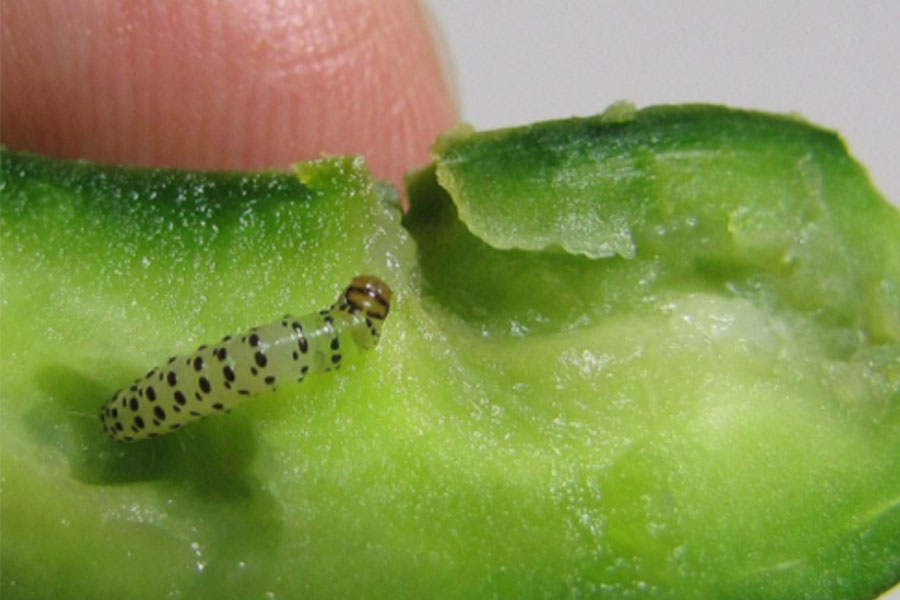
Cucumbers
Issues
- Plants sprawling on the ground can be damaged if walked on
- Can suffer from transplant shock
- Pickleworms
- Bacterial wilt transmitted by striped and spotted cucumber beetles
- Powdery and downy mildew, angular leaf spot
- Bitter taste in cucumbers
Controls
- Try to grow vertically
- Plant from seed, not transplants
- Use approved insecticides and fungicides
- Harvest frequently and maintain moisture in developing cucumbers

Peppers
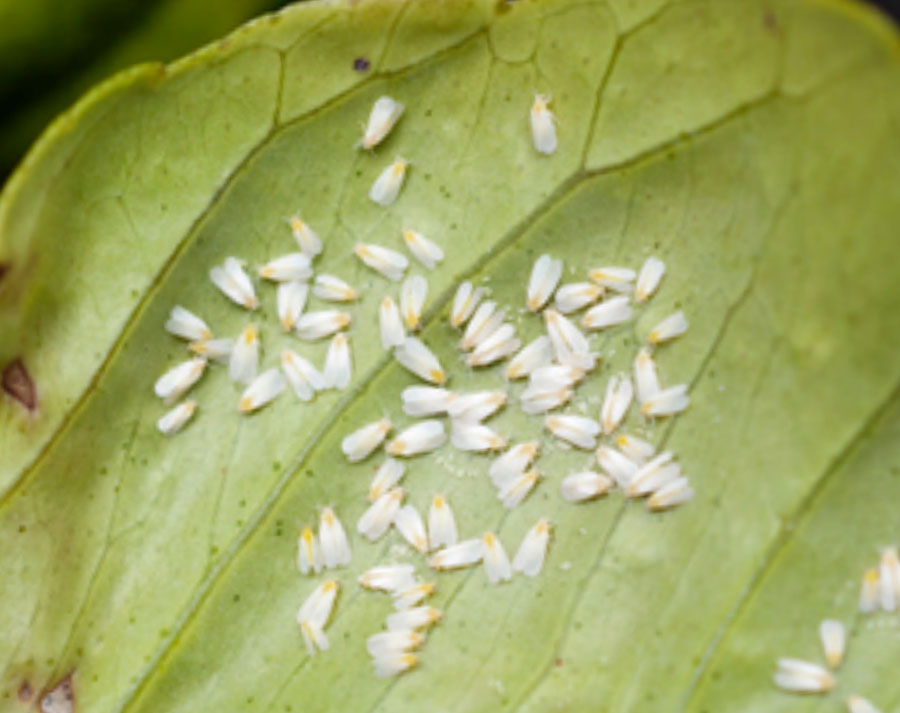
Issues
- Occasional environmental or mechanical damage
- Similar environmental issues to tomatoes, including sunscald
- Whiteflies
- Occasional viruses
Controls
- Use sharp clippers to harvest peppers
- Make sure peppers are shaded by leaves
- Maintain proper pH and irrigation
- Apply insecticides or fungicides when needed
- Remove virus-infected plants immediately from the site
Eggplant
Issues

- Flea beetles
- Colorado potato beetles
- Not harvesting on time
Controls
- Use approved insecticides to control insect issues
- Harvest fruit when it is firm and skin is glossy
Okra
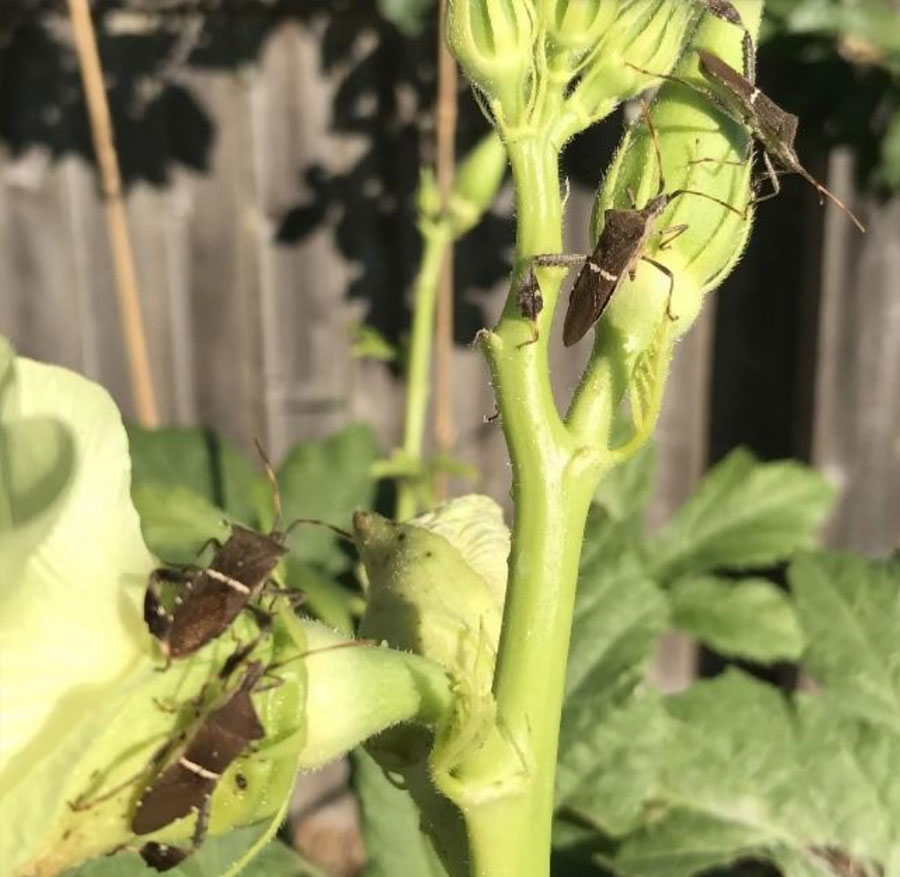
Issues
- Slow to grow and produce
- Bumps on okra pods (stink bugs or leaf-footed bugs)
- Nematodes
- Too much nitrogen
- Not harvesting often enough
Controls
- Do not plant too early
- Use insecticides when needed
- Rotate okra crops to control nematodes
- Do not overfertilize
- Harvest frequently
Summer Squash

Issues
- Planting everything at once (planting should be staggered)
- Slow development of female blooms and poor pollination
- Squash bugs and squash vine borers
- Powdery and downy mildew
- Not harvesting on time

Controls
- Stagger plantings
- Avoid insecticides during early morning
- Avoid overhead watering
- Use approved fungicides
- Use exclusion fabric when practical
- Harvest young crop frequently
Sweet Corn
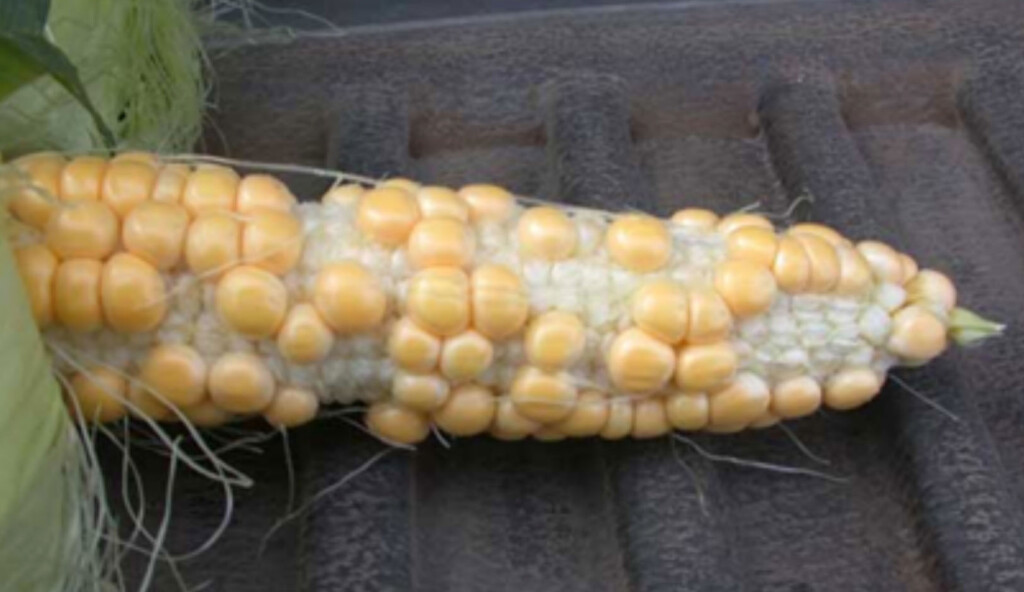
Issues
- Not planting enough rows or loss of silk—poor pollination
- Not enough nitrogen
- Poor weed control
- Corn earworms
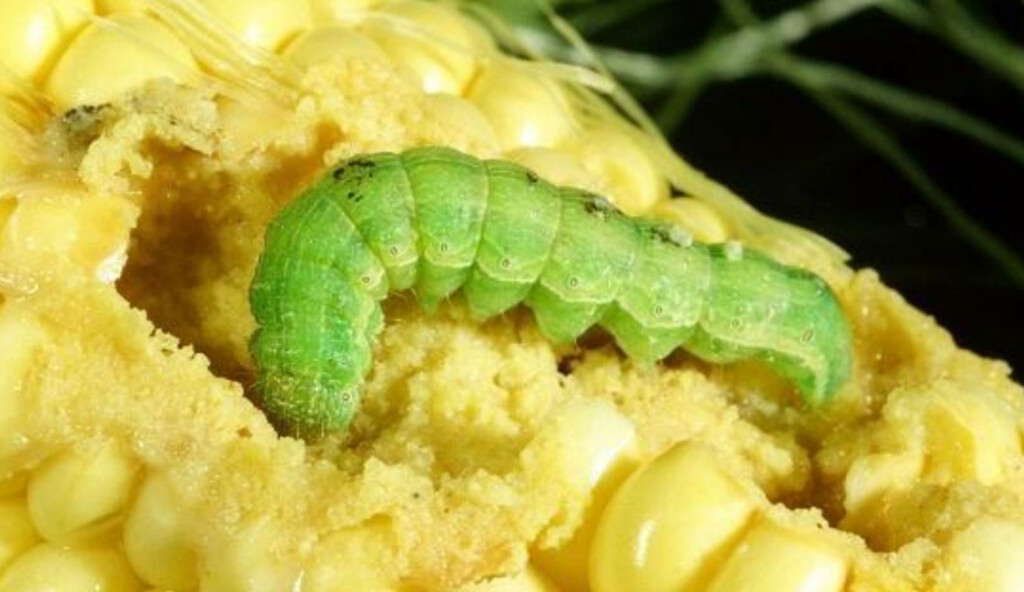
Controls
- Plant corn in blocks
- Need at least three applications of nitrogen
- Plant more improved varieties
- Use hybrid varieties
- Keep rows clean
- Treat with approved insecticides
Tomatoes

Issues
- Not planting deep enough
- Early disease issues
- Not harvesting often enough (earlier is better)
- Blossom-end rot
- Fruit cracking
- Blotchy ripening
- Tomato fruit worm

Controls
- Plant tomatoes half the length of their height
- Pruning and staking helps
- Pick fruit before completely ripe
- Apply approved fungicides and insecticides when needed
- Keep tomatoes weed-free and mulched
- Manage irrigation properly
Pumpkins and Melons
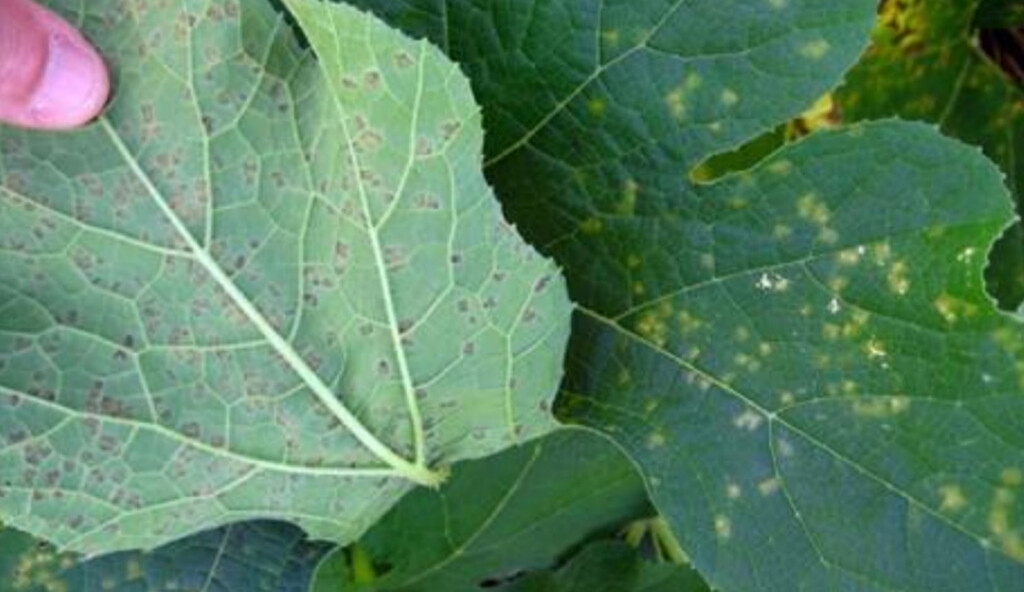
Issues
- Improper spacing
- Powdery and downy mildew
- Fusarium crown rot
- Squash bugs and vine borers
Control
- Allow 8 ft minimum between plants
- Use approved insecticides and fungicides
- When possible, put the developing fruit under a piece of wood or heavy mulch to prevent soil contact
- Control weeds
- Harvest at the proper time
Lettuce

Issues
- Planting seeds too deeply
- Temperature fluctuations
- Not harvesting often enough
- Planting Iceberg varieties
Controls
- Start lettuce as transplants to avoid planting too deeply
- When possible, shade lettuce in the afternoon
- Harvest old, lower leaves first and frequently
- Plant suitable varieties
Potatoes

Issues
- Tuber rot
- Scab
- Planting too shallow
- Potato beetles
Controls
- Plant 5–6 in. deep
- Adjust pH below 6.0
- Avoid overwatering
- Use approved insecticides
Broccoli, Cabbage, Brussels Sprouts, and Cauliflower

Issues
- Holes in leaves from caterpillars
- Leaf disease and mold
- Bolting in warm temperatures
- Underdevelopment of plants
- Hollow, brown center in stem
Controls
- Use approved organic and synthetic insecticides for control
- Use approved fungicides when needed
- Avoid planting too early in late summer or too early in late spring
- Be sure to provide enough nitrogen for heavy-feeding plants
- Be sure boron is sufficient in soil before planting
Greens: Mustard, Collard, Kale, Spinach, Turnip
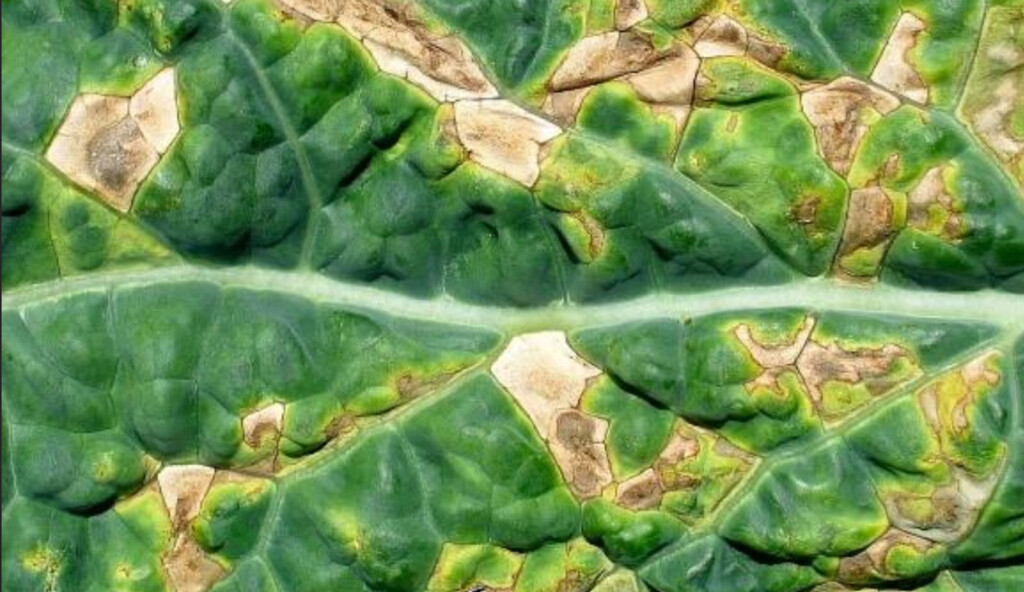
Issues
- Holes in leaves
- Leaf spot disease
- Planting too closely
Control
- Treat with approved insecticides and fungicides
- Keep plants spaced 8–10 in. apart
Additional Reading
- UGA Circular 1034, Growing Cucumbers in the Home Garden
- UGA Extension Circular 1006, Home Garden Green Beans
- UGA Extension Circular 941, Home Grown Okra
- UGA Extension Circular 1018, Home Garden Lettuce
- UGA Extension Circular 1218, Homegrown Cabbage
- UGA Extension Circular 1022, Home Garden Broccoli
- UGA Extension Circular 1011, Home Garden Potatoes
- UGA Extension Circular 1206, Homegrown Pumpkins
